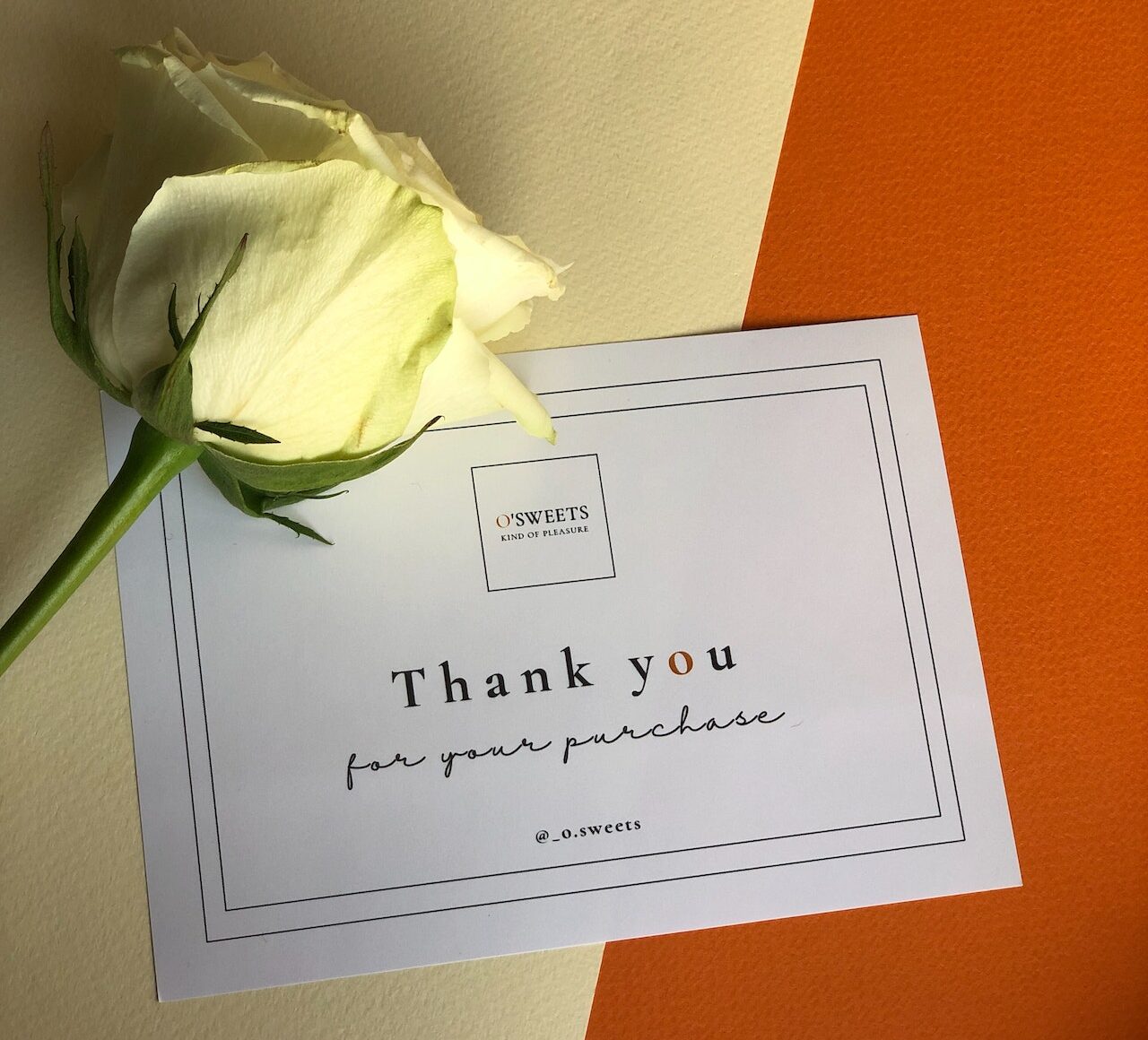
Why Thank You Cards Make Sense (and How To Do It Right)
These days, writing is mostly done on a tablet or smartphone. We’ve got to the stage where people barely know how to sign their names. The traditional written thank you card has increasingly been discarded for virtual equivalents, but that’s changing.
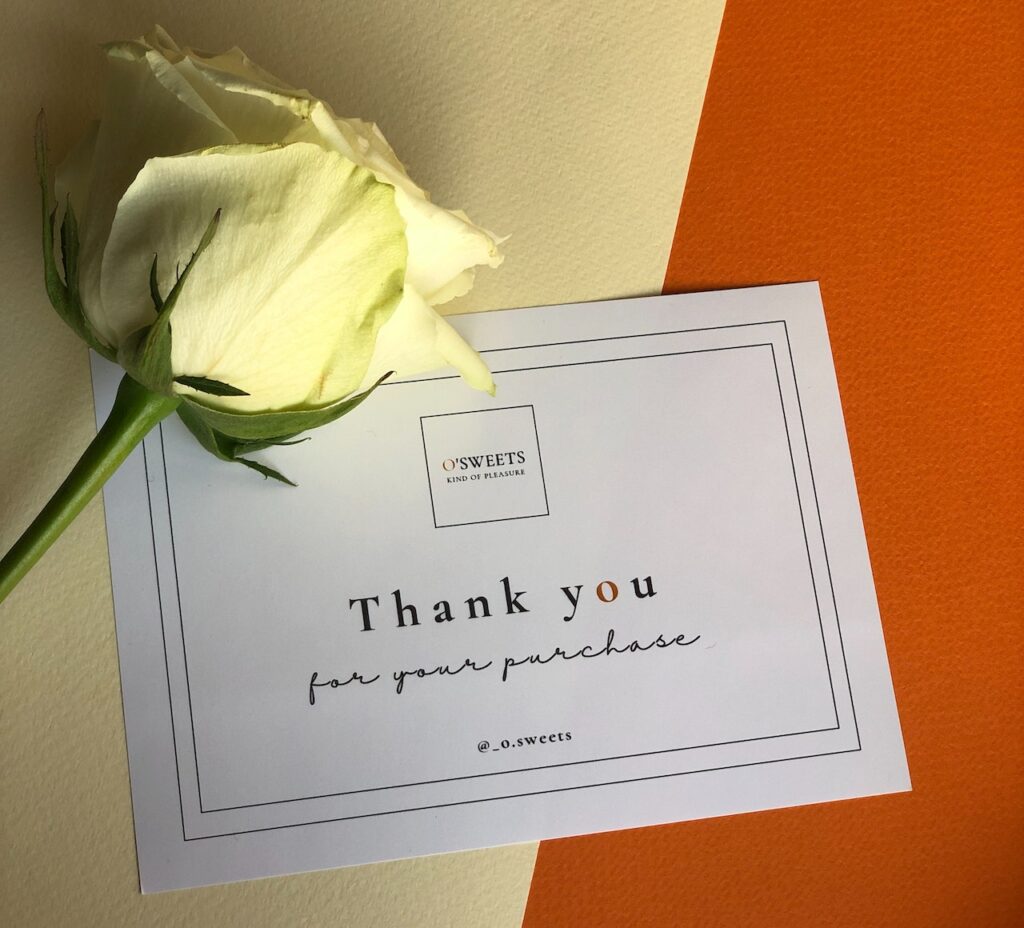
Thank You Cards = Real Thought and Effort
Most people don’t really appreciate a virtual thank you card. That’s because ecards just ooze’s lack of effort and care, an easily automated cheat sheet version of a thank you card. They were popular for a while due to their novelty value, but they just don’t give the same personal touch that a physical thank you card delivers.
Thank you cards give a personal touch. They set you apart from others, and they show real appreciation for the other person (or business!). With ‘real’ cards, people will take the time to read them. With virtual equivalents, they’ll hit the delete button without giving it a proper read.
For businesses, thank you cards will also lead to customer loyalty. Personalised touches like these will make people feel just that little bit special and show that you really care about each individual customer.
When Thank You Cards are a Must
There are some events where thank you cards are almost compulsory, with people expecting a small token of appreciation for being there for you. It’s a small thing, but it matters.
Just think about it, the other person has made a huge effort to attend your event, get you a present, and have spent money on transport, hotels etc. Is a virtual thank you card really representative of how grateful you are for the effort made?
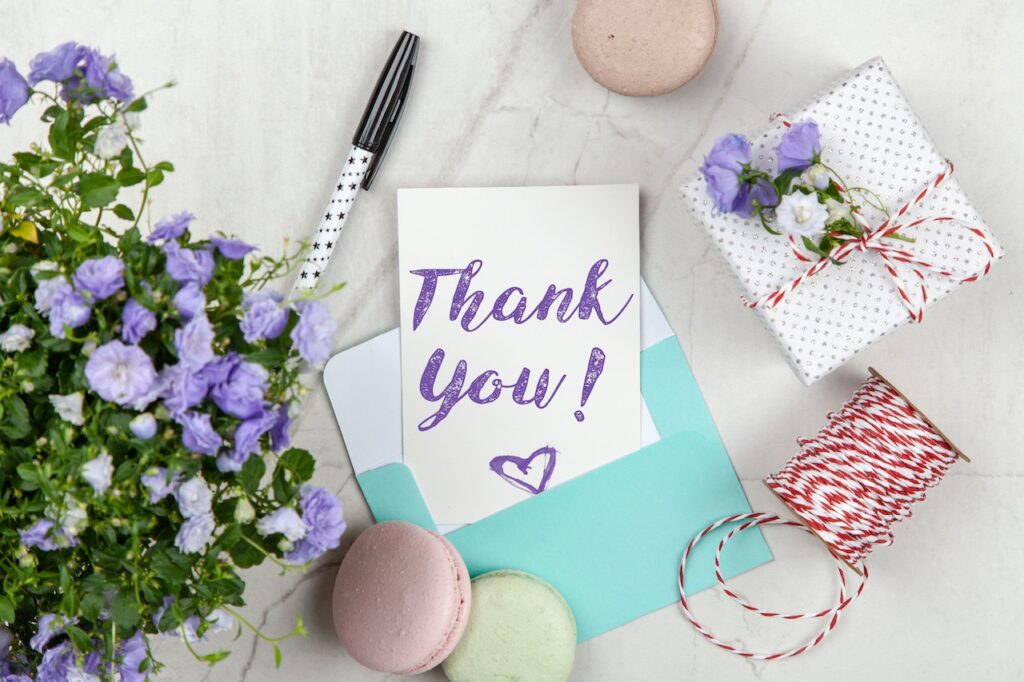
These are some of these ‘must’ events (list not absolutely extensive!): weddings, baby showers, bachelorette parties, Bar Mitzvahs, big birthday parties, graduations and engagement celebrations.
There are instances where they are optional, but it comes down to how much effort people make. These can include retirement parties, gender reveals, housewarmings and wedding showers/engagement parties.
Send Cards on Time
You want the timing of the thank you card to be on point. Send it too late, and the value of the message dissipates. You want to do it soon after the event so that it’s still fresh for the other person.
It also sends the important message that saying thanks means something to you, it was not just an afterthought or a compulsory task you ticked off a list.
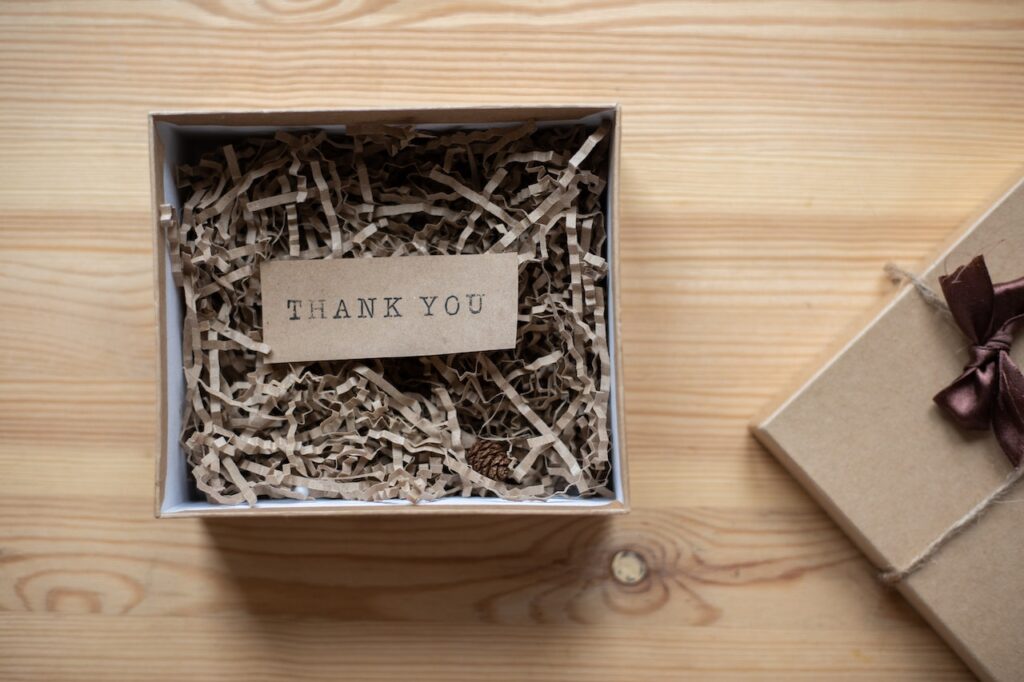
Do Not Promote!
For businesses, this is an important thing you want to avoid. When writing thank you cards, you do not want to include a sales pitch. It looks really tacky and out of touch, and will instantly turn off the recipient.
Promotion will have the opposite effect you’re looking for. Customers are at best going to ignore the card; worst still, they will question the true intention of the thank you card. No, when sending thank you cards, keep them genuine and without the hard sell.
How to Write Thank You Notes
So, you’re convinced. But how do you write a thank you note? It’s actually pretty simple:
Step 1: Salutation
It’s obvious but start with the correct salutation for the recipient. When it’s not a formal interaction, use the first name. If you’re not too familiar, stick to their titles and last names.
Step 2: Get to the Point
Don’t start with fluff and don’t beat around the bush. It’s a thank you card, say thank you for the event or their attendance at an event.
Step 3: Details!
Thank yous that are generic are fine, but they lack the personal touch. Instead, try and mention something that’s super personal to the recipient. For example, if they attended your wedding, reference an interaction or the beautiful dress the person was wearing.
Step 4: What’s Next?
The thank you card should then move to the future. You do plan to see the recipient again, we’re assuming! For example, say you’re looking forward to seeing them again at the next conference, or that you want to have them over for dinner to enjoy those wine glasses (with the appropriate wine pairing, of course!).
Step 5: The Sign-Off
Finally, get back to the original point. Say thank you again before you say goodbye. Bookend with gratitude, as that cements the point of the entire message. You’re grateful for the recipient, show it.
Thank You Cards Are a Small Effort
Ultimately, thank you cards are easy to do and send off. Sure, it will take you a little bit of time, but it’s a small token of appreciation for people who have made a real effort to be there for you.
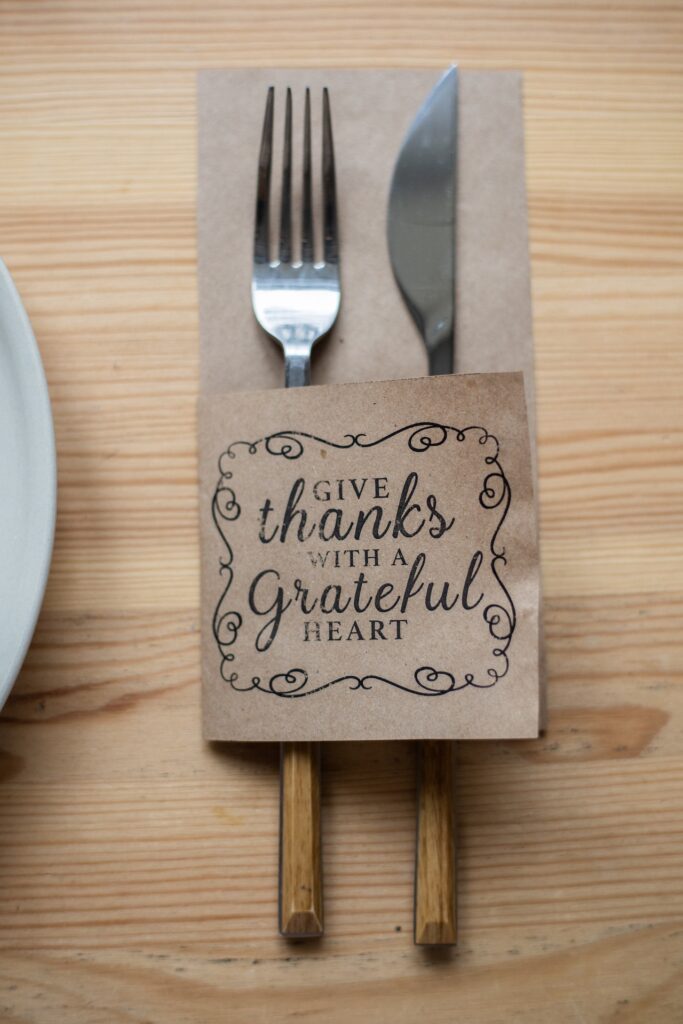
Just think how happy you are when you receive a personalised thank you card that shows the other person really cares. It’s far more impactful than a simple e-card, where the sender had just to fill in a name and email address.
Thank you cards matter, people appreciate them, whether in a business or personal setting, and they have real results. Next time someone deserves your gratitude, consider an old-school traditional thank-you note.

